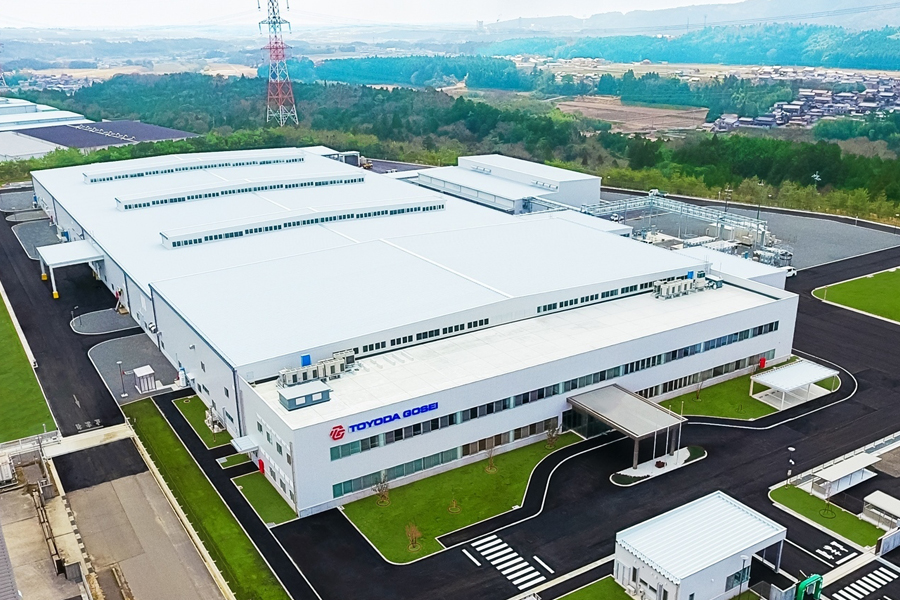
New Plant Set up (Greenfield/Brownfield Projects)
Establishing a new plant involves site selection, construction, equipment installation, and staff training. Key steps include securing permits, designing efficient layouts, and ensuring compliance with safety regulations. The process demands meticulous planning and coordination to achieve successful operation and productivity.
- Feasibility Study: Conduct a thorough analysis of market demand, location suitability, resource availability, regulatory requirements, and financial viability to determine project feasibility.
- Site Selection: Choose a location that offers proximity to raw materials, transportation networks, utilities, and skilled labor. Consider environmental impact and zoning regulations.
- Design and Engineering: Collaborate with architects and engineers to design an efficient layout that optimizes workflow, minimizes waste, and complies with safety standards. Incorporate flexibility for future expansion.
- Permitting and Regulatory Compliance: Obtain necessary permits and comply with local, state, and federal regulations regarding zoning, environmental impact, health and safety, and building codes.
- Procurement and Logistics: Source equipment, machinery, and materials from reliable suppliers. Establish robust logistics channels to ensure timely delivery and inventory management.
- Construction and Commissioning: Execute construction activities according to schedule and budget. Conduct thorough testing and commissioning to ensure equipment functionality and safety compliance.
- Training and Recruitment: Train staff on equipment operation, safety protocols, and quality standards. Recruit skilled personnel or provide training programs to develop necessary skills.
- Supply Chain Management: Establish partnerships with suppliers and distributors to secure a steady supply of raw materials and components. Implement efficient inventory management systems.
- Quality Control and Assurance: Implement rigorous quality control measures at every stage of production to ensure product consistency and meet customer expectations.
- Safety and Environmental Management: Prioritize employee safety and environmental sustainability by implementing robust safety protocols, emergency response plans, and waste management practices.
- Operational Optimization: Continuously monitor and optimize plant operations through data analysis, process improvements, and technology adoption to enhance efficiency and competitiveness.
- Community Engagement: Foster positive relationships with local communities through transparent communication, corporate social responsibility initiatives, and active participation in community development projects.

